Mozambique: Extreme violence undermines Cabo Delgado economy - AIM report
Mozambique: A million more poor in three years – UN
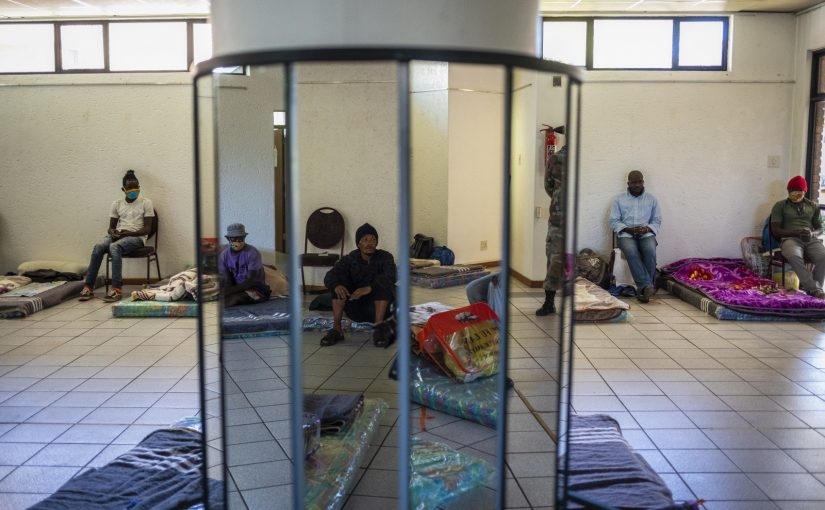
File photo: Lusa
As a result of the economic crisis, the hidden debt scandal, natural disasters and violence, the number of chronically poor in Mozambique has increased by one million in three years, a setback in the reduction of poverty recorded so far, according to the UN.
The analysis is contained in a working paper on the “Evolution of multidimensional poverty in crisis-ridden Mozambique“, prepared by the United Nations University World Institute for Development Economics Research (UNU-WIDER), an organisation which provides economic analysis and policy advice with the aim of promoting sustainable and equitable development for all.
According to the document, “the number of multidimensionally poor people increased by around one million in the 2015-2018 period” in Mozambique, a country with almost 30 million inhabitants, from around 21.3 million people to around 22.2 million.
“This points to an intensification of poverty, especially since the majority of the additional poor are located in already vulnerable rural areas and in the central provinces,” the authors of the document say.
This has happened after Mozambique experienced “important reductions in the poverty rate recently, before two major natural disasters hit and the country started suffering from a hidden debt scandal with its associated economic slowdown”.
“After emerging from a devastating and prolonged conflict during the 1980s and the early 1990s, Mozambique experienced sustained economic growth,” the document reads.
By 2014/15, the percentage of chronically poor had fallen from 51.7% (in 2008/09) to 46.1%.
Taking into account six indicators – education, water, sanitation, roofing, electricity and possession of durable goods – in 1996/97 almost half of the population lived in a disadvantaged household in all dimensions.
“This terrible situation improved steadily until 2014/15, where less than 15% of the population was deprived in all dimensions and more than 15% were living in households with zero deprivation,” the report details.
Analysing the reduction in the poverty rate, the document identifies “a statistically significant reduction of 0.07 points between 2011 and 2015, in contrast to a non-statistically significant reduction of less than 0.03 points between 2015 and 2018”.
The document now released studied the evolution of multidimensional poverty in Mozambique, using data from the Demographic and Health Surveys/Malaria Indicator Survey and found that the trend of poverty reduction, observed between 2009-11 and 2015, ceased between 2015 and 2018 and “the number of poor people increased, mainly in rural areas and central provinces”.
Among the factors that have contributed to weakening the economy, the authors include “a reduction in the prices of some of the most important exports (e.g. coal and gas) in combination with weaker international demand resulting from the economic crises in Europe, South Africa, and other key trading partners”.
“To this was added a series of weather shocks that hit Mozambique after 2015, causing huge damage and distress in various areas of the country,” the investigation details.
In 2017, “violent attacks started occurring in the northern province of Cabo Delgado, partially claimed by Islamist groups, with other unknown actors also involved”. These attacks “often target villages, and thus create insecurity and displacement among the local population”, the study observes.
However, the authors choose as the factor that most contributed to the intensification of the effects of the crisis, the issuance of the state-guaranteed hidden debt, as a result of which “the International Monetary Fund (IMF) suspended its support to the country” and “foreign aid and direct state budget support by development partners—which had already been on a downward trajectory—were further reduced and suspended, creating significant problems for the management of public finances by drastically reducing the fiscal space” for manoeuvre.
“The combination of these factors led to deep deceleration in the gross domestic product growth rate, a first slowdown in 2015 and a second one, relatively bigger, in 2016.”
A rapid and significant depreciation of the national currency—the metical—followed with consequent increases in the prices of imported goods, causing an upsurge in domestic prices by around 40% between August 2014 and December 2016
The UNU-WIDER researchers conclude that “overall improvements in access to basic services, asset ownership, and housing conditions seem to have stalled in recent years, explaining why we do not see a large increase in the share of households in the non-deprived category A”.
At the same time, they add, “a large proportion of the population have even lost assets, increasing their deprivation and driving a rise in poverty intensity”.
The report states that “the onset of the Covid-19 crisis and its potential impact stand out as another challenge for one of the poorest and most shock-prone countries in the world”.
- To read the full UNU-WIDER working paper, please click HERE


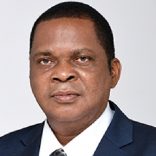
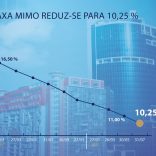

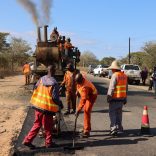


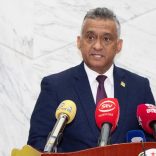



Leave a Reply
Be the First to Comment!
You must be logged in to post a comment.
You must be logged in to post a comment.